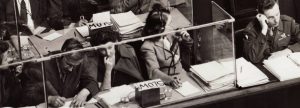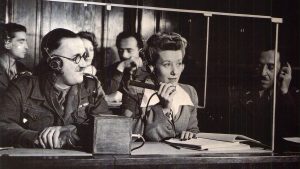Translation and tagalog to english translator, as we understand it today, in which accurate reproduction of the content is valued above stylistic gloss and artistic expressiveness, took shape only in the 20th century, when many famous intellectuals began to turn their gaze to the nature of translation.
Increasing industrialization and globalization, not to mention international alliances during the first world wars in history, indicated that the importance of intercultural communication is increasing.

In the 1950s and 1960s, universities began to systematically develop theories of translation, which was accompanied by a growing interest among scientists in the process of language acquisition, as well as in the psychological and anthropological aspects of this issue. Fueled by the incredible hype over the internet, the latter part of the 20th century also saw a dramatic rise in the development of communication, and translation itself became a giant industry. Technological advances have allowed translators with one click of a computer mouse to access huge resources, including dictionaries, whole volumes of articles, encyclopedias. And automated translation systems have made modern document translation faster and more accurate than ever before.
As for the future, many predict that any translation can be done by machines, as science fiction becomes science fact. But if you hope to get unique, inimitable texts from mechanisms, you will have to wait by the sea for the weather, because computers, with all their remarkable achievements, are still hardly able to cope with the intricacies and beauty of human speech.
achievements, are still hardly able to cope with the intricacies and beauty of human speech.
What should the journey through the jungle of translation history teach us? From the very beginning, translation was driven by the need to communicate within those areas that seemed to people the most important: religion and ideology, science and technology, trade, financial activities, literary works that penetrate the very heart. Even today, translation is mainly required in these areas, so it is fair to think that not much has changed in human communication over the past 4,000 years. Secondly, the question of whether to carry out a literal translation or you can afford some artistic freedom is still open to this day. Undoubtedly, the controversy over this issue will continue. Finally, history tells us that translation has always been an effective tool for the development and implementation of social, economic and cultural change. When two cultures communicate, they exchange ideas, inspire each other, define common views, and innovate for the future. In a world with almost 7,000 languages, translation and, of course, interpretation helps to push away the differences between us and unite into one world human family.
